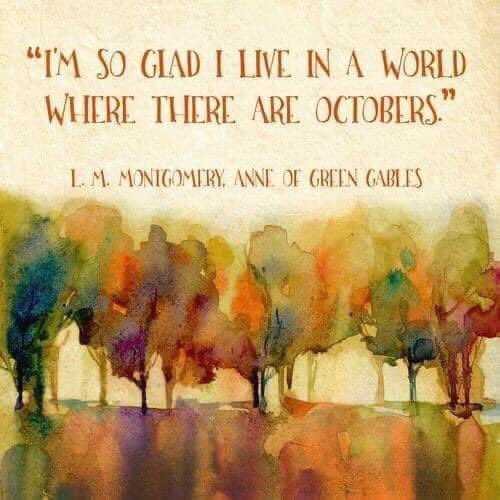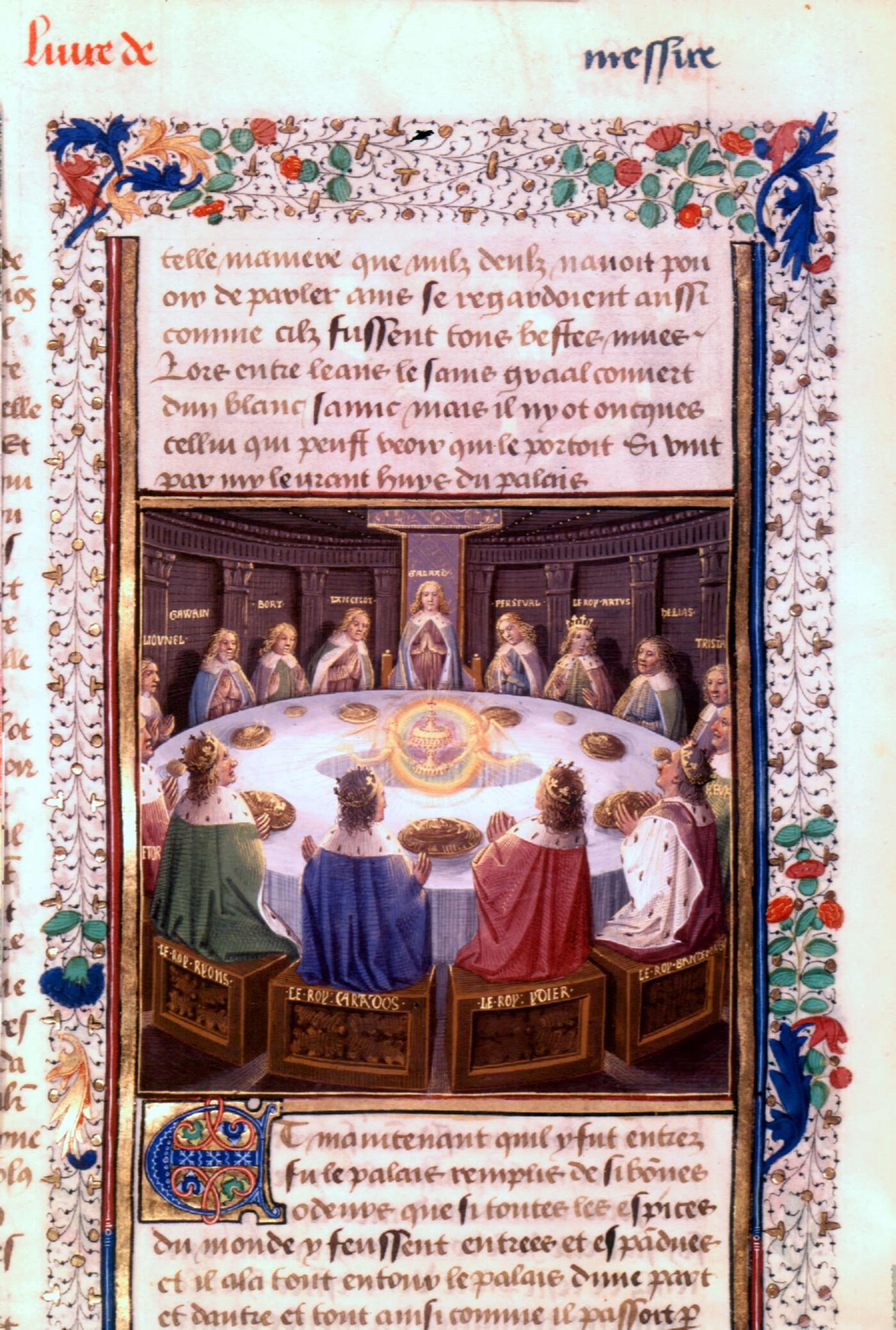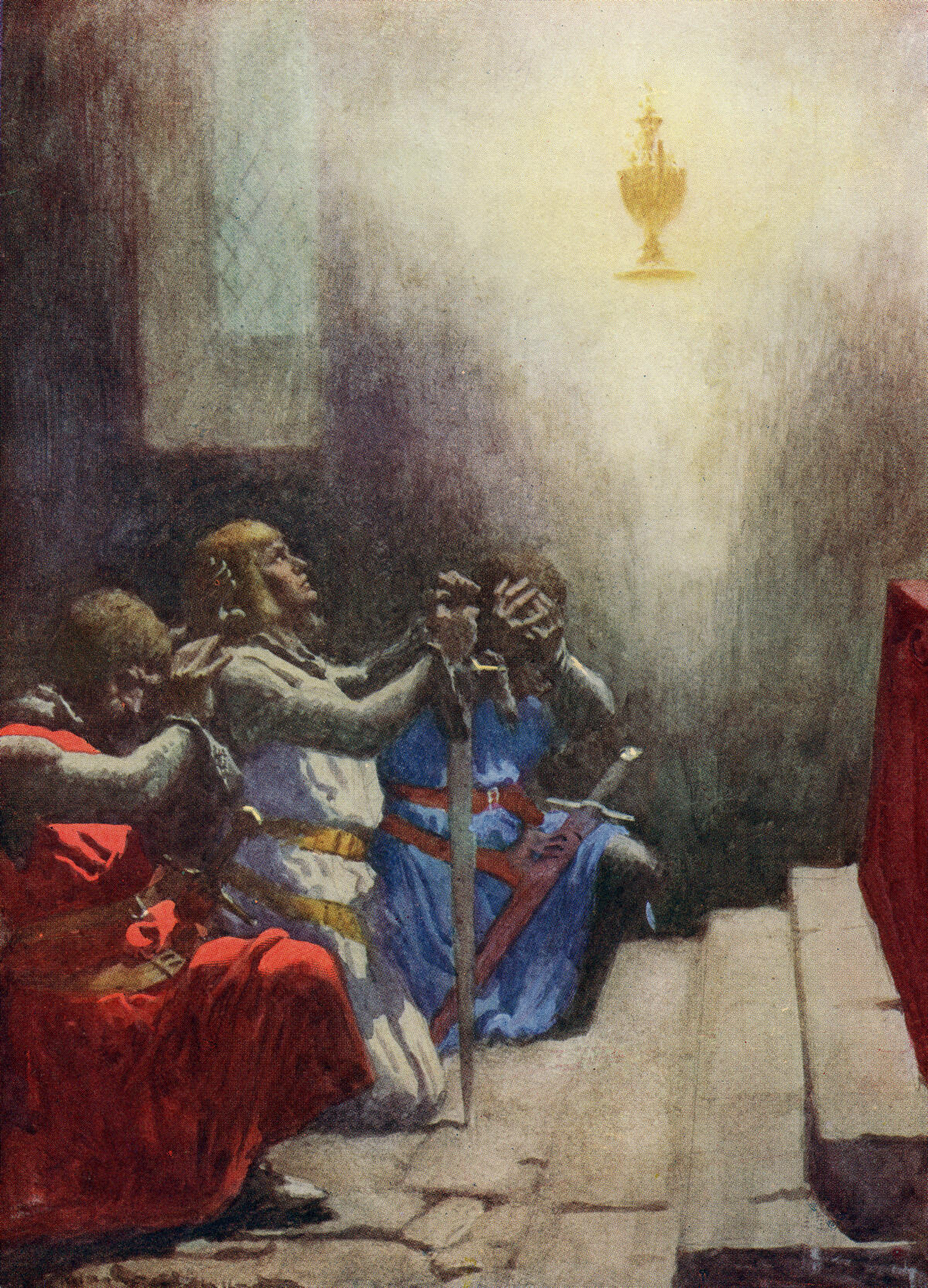
Two globalist monsters plotting their evil.
Breaking News: Pope Francis visit to Canada postponed as damning
new evidence surfaces – Business Game Changers (sarahwestall.com)
Watch Archbishop Vigano claims that the pope is a “zealous cooperator”
in the Great Reset, who pursues the “demolition of the Church” in order to replace it with an organization of “Masonic inspiration.” Bill Gates bought
into the Catholic faith when they transitions from Pope Benedict to Francis, Jack Posobiec 🇺🇸 on Twitter: “👀” / Twitter
ROME—Pelosi reportedly heckled at St Patrick’s Catholic American Parish, in Rome, causing her to abruptly leave the mass she was attending. Paulist Fr. Steven Petroff, director of St. Patrick’s, addresses the alleged “security incident”, causing the Speaker to leave.
It’s well known that the movement of peoples throughout the world is funded by the Vatican via Catholic Charities. If you want to pause what is happening at the border, stop all donations.
Divide and Conquer!
Saul Alinsky proposed this tactic in his influential 1971 book, Rules for Radicals.
He proposed as part of Rule Three: “Whenever possible, go outside the expertise of the enemy.” He wrote, “Look for ways to increase insecurity, anxiety and uncertainty.” Evil
POPE FRANCIS SENDS MONEY TO MIGRANTS IN MEXICO AND SCOFFS AT OUR BORDER LAWS.. The Pope is now funding those looking to subvert American border laws. As the Catholic Church works to help migrants subvert American law, gridlock over border security persists in Washington, D.C. Don’t forget this Pope, Jorge Mario Bergoglio was born in Argentina and is a huge globalist with strong ties to Latin America. He does not support capitalism and opposes consumerism. During Obama’s administration he helped to restore full diplomatic relations between..
..the United States and Cuba and supported the cause of REFUGEES during the European migrant crisis. That said, he has done NOTHING to help stop the genocide of Christians throughout the globe. NOTHING to stop the persecution of Christians. He is a dangerous man. The Vatican, the Church, Catholic charities.. all funded through the largesse of stewardship.. People should stop giving to the Church.. put a crimp in their funding. The migrant crisis is funded by the globalist leader in the Vatican who is channeling money to Central American and Mexican leaders and aided and assisted by Catholic charities who have a big presence along the migrant route.
I believe in charitable causes, but not this.
This is a subversion of American laws to support the agenda of this Leftist Pope who is protected behind the walls of Vatican City. Here Michelle Malkin talks about the evil triumvirate of the UN, THE POPE, AND GEORGE SOROS, with their sub entities, and their plan to destroy Western Civilization and the world as we now know it. Their plan: to destroy cultures and rebuild for a 1WO. https://youtu.be/p7L_JMJOFhY
Missouri Bishop Wants to Gag Michelle Malkin, Squeezes Disavowal From Pro-Life Group (churchmilitant.com)
Missouri Bishop Edward Rice is upset with @michellemalkin for discussing the massive amounts of money that the Church bishops (USCCB) get paid for bringing illegal aliens into America in her new book. Globalism would usher in one supranational governing authority that would have complete control as though every current nation were just a single state in the worldwide nation. It’s frightening and all about power and money for the global elites.
THE CHURCH BISHOPS GET PAID MASSIVE AMOUNTS OF MONEY for bringing illegal aliens into America..
 American Catholic Bishops ought to reconsider their papal fashion. It’s not cool to look like a Grand Wizard of the KKK. He is seriously dressed and ready for Mardi Gras 2020.
American Catholic Bishops ought to reconsider their papal fashion. It’s not cool to look like a Grand Wizard of the KKK. He is seriously dressed and ready for Mardi Gras 2020.






God does not want Christians to break the law.
Why would any good Christian do this? WOW!
Nothing like trying to sabotage the United States! How many illegal aliens does Bishop Edward Rice have living in his house? Does his congregation have illegal aliens in their homes too?
I am a Catholic who has contributed regularly to Catholic Relief Services.
Not once did CRS’ literature indicate that they help fund illegal immigration into the U.S. Open Borders, Inc. is a must read for all Catholics and Lutherans.
Stop donating to Catholic charities!
They are Illuminati and pro-One World Order!
I praise the Catholic Church for its leading on the right to life issues but I concur that the church has profited of off the illegal alien situation. That said, it’s not just the Catholic Church but Baptist orgs &other denominations too that profited from illegal immigration. Awww, too bad! We have known about this since it started. Catholic and Christian organizations alike in the U.S. have been racking in the cash. I am a Roman Catholic Myself, and they’re Jesuit. There are those times Even I question their logic! As I always say, if you have certain people interpreting any bible their way, you will have trouble!
Are they illegals or legal refugees? I know a lot of religious organizations sponsor refugees legally, like Cambodians, Lao, and Hmong. But they were already accepted and went through immigration process. Or is his church taking people that illegally cross?
Bishop Rice fails to mention how the USCCB backed Obama, the most pro-abortion president in history, in their zeal for unfettered immigration and universal healthcare. Obama, too, separated families and held them. Malkin is right to point out how they are abetting lawbreakers. Meanwhile Obama intentionally used persecuted Christians as an example for his sick faith.
He should be upset that the charitable nature of the Church has been compromised to fulfill a Globalist agenda. Over and above illegals, truth is both Catholic and Lutheran social services raked in the most shekels assisting the Federal government with ‘refugee’ relocation. Bishops & the Church seek to gag the Truth? Please! So then if Michelle’s book had been about the rape & molestation of children by the church fathers, she would have been gagged?
Her book exposes how the churches r subtly & quietly undermining the democratic rights of AMERICANS!
Seems she touched a truth nerve.
Anyone who lives near a meat packing plant is fully aware of the Catholic Church involvement in illegal immigration. It’s no secret. Defrock the Bishop! His letter was pure HUBRIS & HYPOCRISY! Words were so saccharine. Pontificating on the meaning of scripture. Please! Bishops are now so powerful & wealthy that it’s easier for a camel to go through the eye of a needle than it is for these men to get to heaven.
Too bad! The Vatican has never been the Pillar of Truth for its Followers.
Bishops seek to increase their diminishing & disillusioned Flock w/ illegal immigrants who will then support the parishes with donations. In return, the Bishops & priests will molest & rape their children!
Today’s Club of Rome is the Vatican and Pope Francis’ encyclical on humans,
climate, and nature https://economics21.org/html/reemergen
Truth hurts because it excludes what is not true. -Pilot asked Jesus,
“What is the truth?” It wasn’t an inquiry.
He went along w/ the idea that truth is relative. So he washed his hands and let a man he knew to be innocent, be flogged & handed over for execution…
Yet, He lives!
 ce-club-rome-1361.html
ce-club-rome-1361.htmlThere is lots of money involved in benefitting the American Catholic Church with illegal invaders. But it’s one of those icky subjects the USCCB like to avoid. BTW, I am a practicing Catholic & still angry that this priest below has not been prosecuted. St. Matthias priest “borrowed” $500,000 from church, an internal audit revealed (UPDATE) | Franklin Township, NJ News TAPinto ‘Missouri Bishop Edward Rice is upset with @michellemalkin
for discussing the massive amounts of money that the Church bishops (USCCB) get paid for bringing illegal aliens into America in her new book’
The dark energy sure wants to be expressed right now! And I’m laughing






Maybe that explains why Leftist Pope Francis is all in for open borders. $$$$ He’s inviting them in droves into Italy and allowing them to pray in the Vatican!
He is the false prophet.
Early Christians would have difficulty recognizing the diversity of modern Christianity. In addition to the theological and political disputes that split the early Church, the major denominations also have their own sub-divisions. In Catholicism, different religious and social traditions are carried out by religious orders, which are groups of men or women that band together with the blessing of the Church. One such order, the Society of Jesus, or the Jesuits, is currently in the spotlight due to the election of one of its members to the Catholic papacy. This article will discuss the difference between Jesuits and Catholics, as well as the Jesuits’ role within Catholicism. Difference between Jesuits and Roman Catholics – Difference.Guru
Both are right … Malkin is correct to speak out on illegal immigration … Bishop is only right to speak out on Humane Treatment of legal and illegal immigrants based on the Catholic belief of Respect for Human Dignity: We are all made in the image and likeness of God. Catholic Relief Services supports those who migrate here and need help .. But does not promote illegal immigration … Distinctions should be made. Less emotion and inflammatory language from the Bishop .. Yes there should be a more humane way of enforcing the current laws which apply to all lawbreakers. Namely, children do not accompany those arrested. #CommonSenseCharity #CommonSenseImmigration
From 2017, but relevant today: Globalist Pope Francis’ Marxist Program to End All Sovereign Nations. He opposes national sovereignty and the right of nations to have borders and rules of entry. And he fervently supports the Marxist-Globalist-driven. Climate Change hoax aimed at all nations subordinating themselves to Global Governance, for the good of the planet. The migrant crisis is funded by the globalist leader in the Vatican who is channeling money to Central American leaders aided by Catholic charities who have a big presence along the migrant route. The Pope is funding those looking to subvert American border laws.
Pelosi Forced to Flee Rome Church as Protesters Mob ‘Demonic’ Speaker.
This Pope of the Evil.
Search results for: Archbishop Vigano (rumble.com)
They were on YouTube, but they banned 3 of them (one video per question).
He gives a damning condemnation of Francis and the Curia.
The looks those two have tells all….You can see the Good vs Evil!
Upbeat News – These Countries Are NOT Fans Of America
But his first love was painting and it was painting that inspired him to travel to Paris in 1900. Years later Steichen destroyed the canvasses in his possession – Bing
(8) Bree A Dail on Twitter: “ROME—@SpeakerPelosi reportedly heckled at St Patrick’s Catholic American Parish, in Rome, causing her to abruptly leave the Mass she was attending. Paulist Fr. Steven Petroff, rector of St. Patrick addresses the alleged “security incident”, causing the Speaker to leave. https://t.co/IxBlfiBAMp” / Twitter
BitchIsBack
@PainTrinaSolis I have dual citizenship with Italy, they do not like abortionists. Pelosi is out of place
The priest noted there was a “commotion”, saying @SpeakerPelosi
was scheduled to do a reading for the mass but had to leave due to commotion from Italian hecklers. After Meeting With Pope Francis, Pelosi Flees Rome Church Service in Security Incident…(Hecklers?) (thegatewaypundit.com)
Twitter Censors Thread From Entrepreneur Who Regrets Taking the Vaccine After Serious Side Effects (thegatewaypundit.com)
I am not anti-
 but I will caution….
but I will caution…. Proceed with care!!!
 revolving
revolving  I am now fighting
I am now fighting a T-Cell Lymphoma as a result of the degraded MRNA Protein Spike via dendritic reaction, called by Pfizer a waning immunity!
It is not a safe precaution for #COVID

Love will HEAL the world Great line last night!!! “This Christmas won’t be the Island of misfit toys, but the tanker of misfit toys”
I carry a gun not because I’m evil, but because I have encountered real evil in this world, and looked it in the face
 Angel …. American By Birth
Angel …. American By Birth Patriot By Choice
Patriot By ChoiceWe All Know Biden Is Not in Charge;
So, Who Is Really Running the Country?
The Answer Will Shock You (townhall.com)
No.1: @BarackObama
back for his 3rd term to finish the destruction of
 ,
,  exceptionalism
exceptionalism No.2: @GeorgeSoros is giving Obama his marching orders. He has all the$$in the

along with a
 passions to destroy
passions to destroy .
. No.3: China & CCP. China owns
 politicians
politicians
No.4 Free Masons Society 33 degree assumed members believed in a supreme being. But that’s as far as it went. Masons could worship Yahweh, Jesus, Allah – or another god of their own choosing. Religious freedom was built into freemasonry. And, many scholars say the Freemasons built it into the U.S. Constitution. One-third of the signers were known to be Freemasons.
No. 5 Archbishop Paul Gallagher, secretary of relations for the Vatican, called for greater Gobal “Fiscal Redistribution” to fight poverty following the global China virus pandemic. This is the NWO which is called “COMMUNISM”. Now the Catholic Church is siding with the anti-Christ !!
Globalist Pope Francis’ Marxist Program to End All Sovereign Nations. (catholicamericanthinker.com) Edward Steichen, a Painter by training turned to Photography | (agnautacouture.com)
The Global Peoples Monetary System is LIVE! NOW is the time to activate GLOBAL MONETARY FREEDOM! Here’s the link! Welcome – Global Peoples Monetary System and Simplified Divine Law (gpms.world)
Please share it with THE WORLD! Click, and sign your consent.
It really is that simple. https://gpms.world #GPMS #viral #Trending
If you want to fight the old governments for your sovereignty. You’ve lost the point.
They don’t choose for you. There is no fight. Only a declaration within real time will suffice. We Are Free.
In the old reality. To be famous you had to keep the secrets of the fact that Governments paid you millions/billions of dollars to stay quiet. In the new reality. You BETTER KNOW YOUR CREATOR!









 I don’t know where this hysteria around opening up has come from: I think the media has a lot to do with it. We are all getting Covid over the next 5 years. jabbing has commenced now: so the focus should be on opening up & educating the public on self protection.
I don’t know where this hysteria around opening up has come from: I think the media has a lot to do with it. We are all getting Covid over the next 5 years. jabbing has commenced now: so the focus should be on opening up & educating the public on self protection. 














 we make it HAPPEN.
we make it HAPPEN.  SUIT UP WARRIORS
SUIT UP WARRIORS 











 Life is not a matter of holding good cards,
Life is not a matter of holding good cards, 

 Quite The same for Photovoltaic and wind turbines, as produced energy can not be stored.
Quite The same for Photovoltaic and wind turbines, as produced energy can not be stored.  Horrible for the environment indeed…
Horrible for the environment indeed… 



